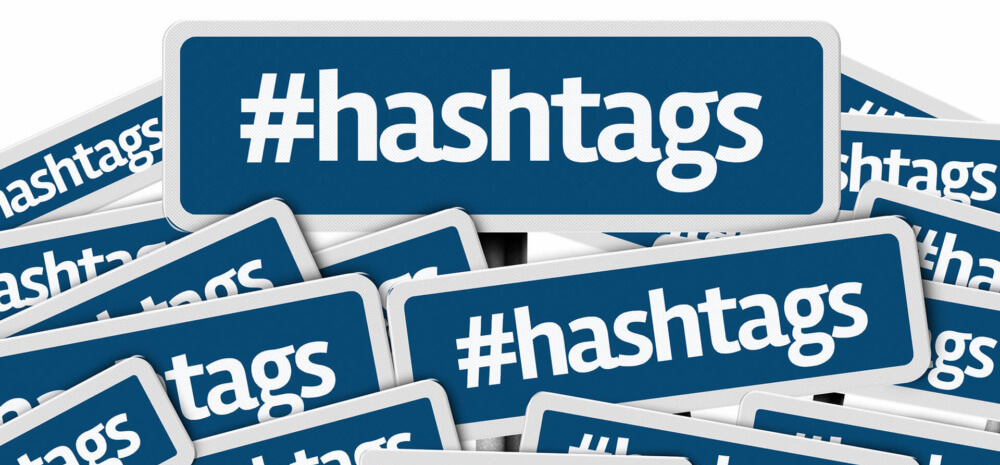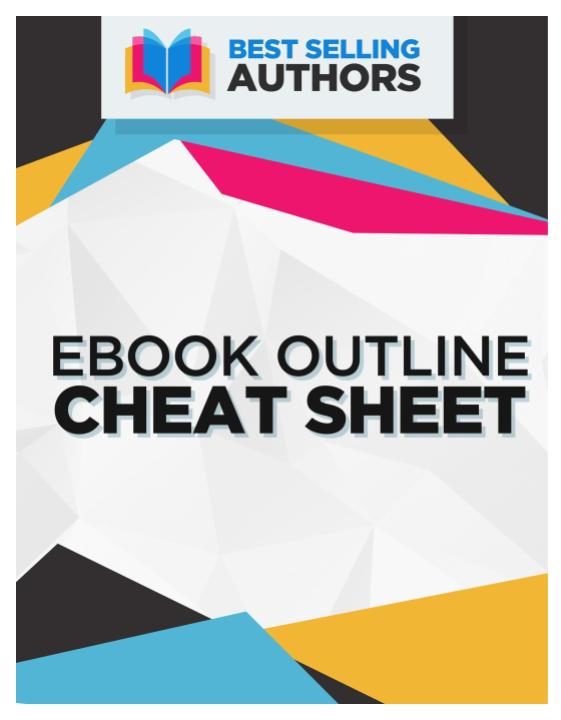When we speak about social media, the most interest comes when we talk about using the best hashtags on a promotion.
We ask audiences to raise hands if they know what a hashtag is. Most do, but the hands go down when we ask if they use hashtags and nearly all hands are down by the time we ask for best hashtag stories. Even social media professionals are often stymied at how to choose the best hashtags.
Forget Most of What You’ve Heard about Branded Hashtags
If you’re brand is nationally recognized, say a Network TV show or product of a Fortune 500 advertiser, you can get huge numbers by creating and pushing a hashtag. We hold that these are not always optimized, but win with sheer volume.
Most of the hashtag rules are designed with this old school traditional marketing approach. In the old days, the creative people in marketing would come up with something. Their advertising ideas would go through committees, legal review and testing for months and if not changed because the CEO’s cousin’s barber thought it would be cool to see in a magazine. When you had a winner, you never changed it until it stopped working and could spend years trying to beat the control.
How Hashtags Are Created Today
The birth of modern hashtags came from Twitter users, not Twitter, not a marketing committee. This grass roots creation story is murky, several claim to be the first to use what was already popular in software code to create and unique search term.
A popular, and personal favorite tale was the 2007 South by Southwest event in Austin. Anyone on Twitter at that time look for #SWSX in their stream, mostly not linked to anything, and see what what parties were trending. Attendees followed few people and often used SMS to see the tweets… that was literally enough to get crowds of people walking to a party to turn and go in another direction when one leader got a notice.
Soon hashtags were canonized, linked to searches for that word and we saw monitors at events with a stream of searched tweets.
From the start, a hashtag was popular because of the event or idea that was shared. Real time, not decided by a committee and authentic. Smart marketers have learned to find those trends and join the conversation. Others have tried to fake it, showing ads with the hashtag or attempting to push their way into users conversations. Many of the latter end up working. We are suggesting that there’s a better way.
Stop marketing like all the marketing you hate seeing as a consumer
Choosing the Best Hashtags
Authenticity is easy. Being yourself and not trying to create something you’re not. What doesn’t come naturally is the words used when you need to create a hashtag. So there are tools and lists everywhere to pick from others ideas. Just search for hashtag lists and you’ll see dozens. SproutSocial has a great review of hashtag tools.
Using popular hashtags will likely get you the most exposure as people scroll through feeds or search on that word. Pushing a message old school still works and done in moderation is a good boost to your posts on Twitter, Instagram, and other social platforms.
Creating a hashtag for your brand or promotion is better in two cases.
- Traditional Branding where you get you known name attached to feeds
- Creative promotion of events, launches, contests or FUN!
Let’s look at #2, and share some best practices from hashtags we’ve created.
Know Your Goal for the Hashtag
If you are holding a big event, you know fans will be sharing on social media, the time to pick a hashtag is now. Make sure it’s consistent, on all materials, especially badges that go with attendees wherever they go. Most active social media users will share photos from parties, the view from their hotel room, observations while walking around town.
Even more common is the “preparing for” posts. Here in Las Vegas, we track who’s coming to an event weeks before it happens. Without a common hashtag, people post part of all of the event’s title or and abbreviation and the destination city. Many more are telling their friends and associates where they are headed, minus your hashtag. Don’t wait till the day of, it’s too late.
Events are great. They don’t have to be a conference or exhibition. Make up an event that your audience loves. Put yourself in their situation.. think like they would think. The best hashtag is often not one that looks like it was written by a marketer.
Research Your Hashtag
Using the tools above, you can find out what your audience is already using. Don’t forget to look a the actual posts. There often is another use for the word you choose. You can go through several in a few minutes and then decide if you’d rather invent your own.
Make a list of the best hashtags you find in research and add some variations if you want to create something unique. Recently, when Warren decided to attend a friends seminar event, he found all the words in the event name were used in other promotions, so he tried TIE16, the initials of the event and the year. When that was also too cluttered, he adding a D for Denver, the city where the event would be held. That’s made #TIED16, which had one tweet in that past year and wouldn’t be confused.
Repeated searches with all the variations can be completed on Twitter in minutes.
Start Using the Hashtag
For #TIED16, there was only a few days, and no official hashtag. Warren found the Facebook group that some of the attendees were in and shared a formal request to use the hashtag. The moderator, who used a dozen different tags across many platforms, questioned how it would make a difference. He’s already decided that hashtags were a mystery and rarely worked. He didn’t realize that gathering like his were the perfect use of hashtags.
Once permission is granted, start asking influencers to use it. Do this as publicly as possible. In private, anyone has an opinion (like “how can #TIED16 be a good hashtag), but we’re all busy with our lives and love to jump on what’s already the default.
Make sure the hashtag is available anywhere someone might see it. We don’t need a lot of explanation, we all have seen hashtags. Put your hashtag on all the slides in presentations, and whatever is displayed when there isn’t a presentation.
On a product label, most use hashtags to encourage consumers to “follow the brand” and that’s okay. It’s not a movement. Get news into the hands of brand advocates and social influencers who are already sharing more. All they need is a reminder of which tag you prefer.
Track the Results
Today’s tools can track any use of the tag, with our without the pound sign. Set this up immediately count ever use you can.
For TIED16 (with or without the #) we started sharing with the speakers at the conference, the 50 attendees, and reminded them that for every person in attendance, there were thousands that had heard about the event but didn’t register and attend. Plus millions who would be interested in what we were doing there, but hadn’t heard of it. In 3 days, before the event, we’d reached nearly 20 million impressions that we could count, and more on Facebook, private emails, and in person discussions.
Iterate and Expand
The example here was a one time event done in a few hours work. Events for sponsors with influence marketing teams can grow this number exponentially, and often tie it to a contest submission, discount on first purchase or promo code that results in measurable ROI.
Once you start having authentic conversations with power users and influencers, you’ll find more hashtags, new ideas and popular memes that naturally come up while talking. The only limits are how committed you are to the future world of marketing where individual relationships and shared stories are the norm.
SocialMediaUnicorn uses personal connections with active influencers to build brands and make amazing things happen. If you have questions about the best hashtags, influencer marketing or creative social media strategies, contact Krista Whitley or Warren Whitlock or visit SocialMediaUnicorn.com


